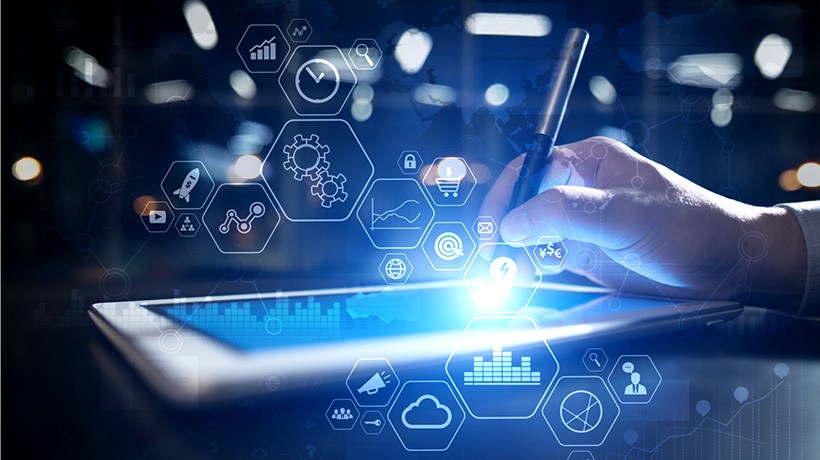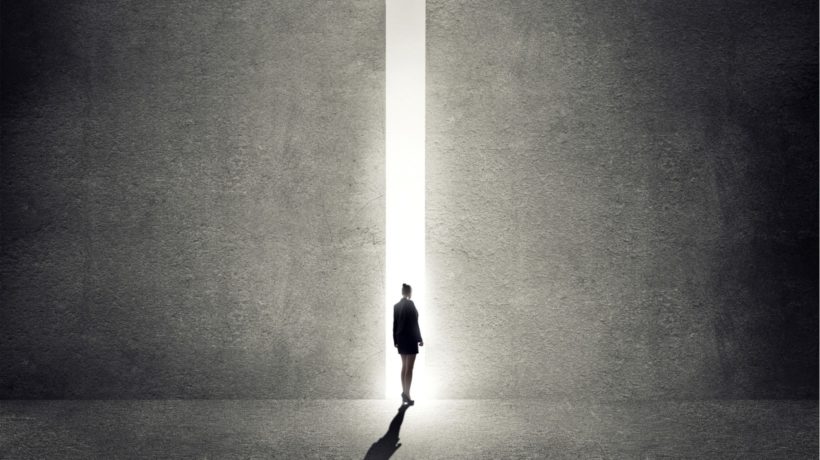Modernizing Your Existing Content At Scale
The aforementioned content needs to be converted to newer formats and standards rapidly while maintaining its instructional value. At the same time, the challenge of changing learning styles and rapidly diminishing attention spans of learners has to be overcome. There is a critical need to transform legacy learning assets. But, the concern is, how do you go about it? The eBook mentioned below uncovers all nuances of content modernization—right from the driving forces behind it to the lifecycle of a modernization project. In this article, I will help lay out various approaches to modernize legacy content. The eBook will also touch upon a unique framework to implement modernization when the scope of work is huge, source files are missing, and timelines are crunched. So without further ado, let's learn everything that you want to know about content modernization.

About The eBook
Adobe is going to finally let go of its Flash technology next year. Because of this, a variety of companies have announced that they will drop support for Flash by the end of 2020. Many of them have published updates for the removal of Flash from their web browsers (for instance) next year. As a result, organizations are primarily looking at modernization as a conversion of legacy Flash content to HTML5. However, that’s not the only definition of modernization. Until now, content modernization has been broadly looked at as transformation from Flash to HTML5. It all began when Adobe announced the gradual removal of Flash for 2020. However, in totality, that is not the case. Considering the constantly evolving digital ecosystem and modern-day learners’ needs, Flash to HTML5 is surely one way to modernize, but not the only one. A broader definition of modernization would help you see the bigger picture. Conversion of any kind of legacy digital content to a newer format can be termed as modernization. According to Harbinger, this comprises of:
- Transforming Flash content to HTML5,
- Converting long courses to microlearning nuggets or nudges
- Migrating courses designed using an older version of authoring tools migrated to newer versions
- Upgrading the design to improve User Experience
What I have learned by reading the eBook "Modernization Uncovered: Flash To HTML5 And Beyond" is that a content modernization strategy that can handle the evolution of new technologies and also account for future-proofing is the need of the hour. If you are a content owner who is reading this, one of the key things to ensure is that you are regularly able to maintain the content being developed. With the enforcement of new regulations that demand support for accessibility and standards-compliance, accessible content is now a must-have, rather than a value-add.
Data (And Modern Content) Is The New Gold
One could say that content is an organization’s most valuable asset. Stakeholders consistently need to ensure that the digital content which gets developed today is future proof, or in simpler terms, has a long shelf life. An organization, when it uses a tool for a long period of time, develops a significant level of comfort with it, and it becomes difficult to get out of that zone. But with the rapid advancements in technology, many new tools have come up that offer better capabilities than the ones already being used.
Further on in the eBook, they speak of several manners and mechanisms in order to modernize content. From "Flash to HTML5 Conversion" to "Microlearning Creation" and "Responsive Design." From "performance support" to "migrating content from traditional to newer authoring tools." With most browsers stopping their support of Flash, organizations need to ensure that popular legacy courses play on the latest browsers seamlessly. Converting lengthy eLearning modules into meaningful microlearning chunks, which can capture key learning objectives, is an effective way to modernize. Modern-day learners are by no means confined to their office desk all day, so learning needs to be made available wherever they are. There is a vast amount of content that is available for learners to consume. It has, in fact, reached a stage where the learner sometimes struggles to find the right content.
Halfway through the eBook, they elaborate about their showpiece which is "xSMART." According to Harbinger, it's a "unique framework to drive your content modernization initiative." They continue by claiming:
It is a solution accelerator designed for teams to successfully implement and execute a content modernization strategy. This framework is an enabler to handle large-scale modernization projects.
Toward the end of the eBook, they outline the process with which owners of content development have to undertake once they decide to modernize their digital courses. It's a very elaborate, descriptive and useful part of the eBook as it guides you along the way to a process of content modernization. The final chapter of the eBook is a case study where Harbinger displays what the power of their methodology is. They helped their client convert their legacy Flash content to HTML5, which was comprised of about 475 courses (over 600 hours) that were converted from Flash. It was transferred into an HTML5 XML responsive framework.
Where And How To Start Your Process Of Modernization
With so many directions of influence, modernization can be a wholesome strategy to transition from a culture of training to a culture of learning. It can bring about multiple benefits for its key stakeholders, namely the modern-day learner, L&D heads, and the CXOs. The biggest benefit that modernization brings along for learners is that they can be in charge of their learning. They can consume content at the time and place which best suits their needs. For L&D heads, modernization helps align learning content to competencies rather than just being driven by learning objectives. Couple this with detailed analytics and it provides a recipe for a faster and more efficient way to close the skills gap. For CXOs, modernization brings a broad-scale opportunity to align learning, talent development, and Performance Management strategies with business goals. Have you contemplated modernizing your organization’s legacy content? Start before it is too late. Download the eBook Modernization Uncovered: Flash To HTML5 And Beyond to initialize a process of modernization of content, to start it off ever so effortlessly and flawlessly.








